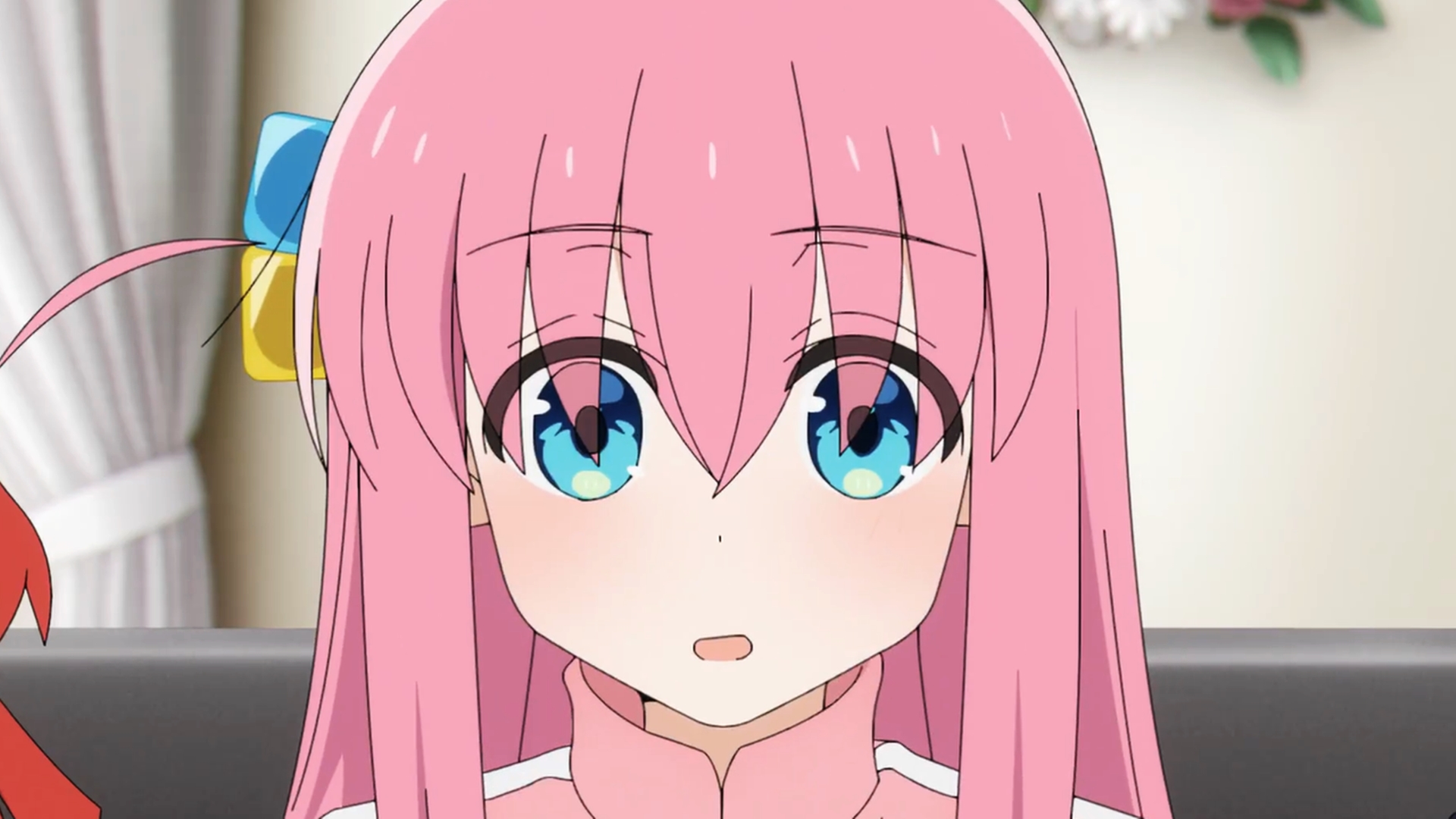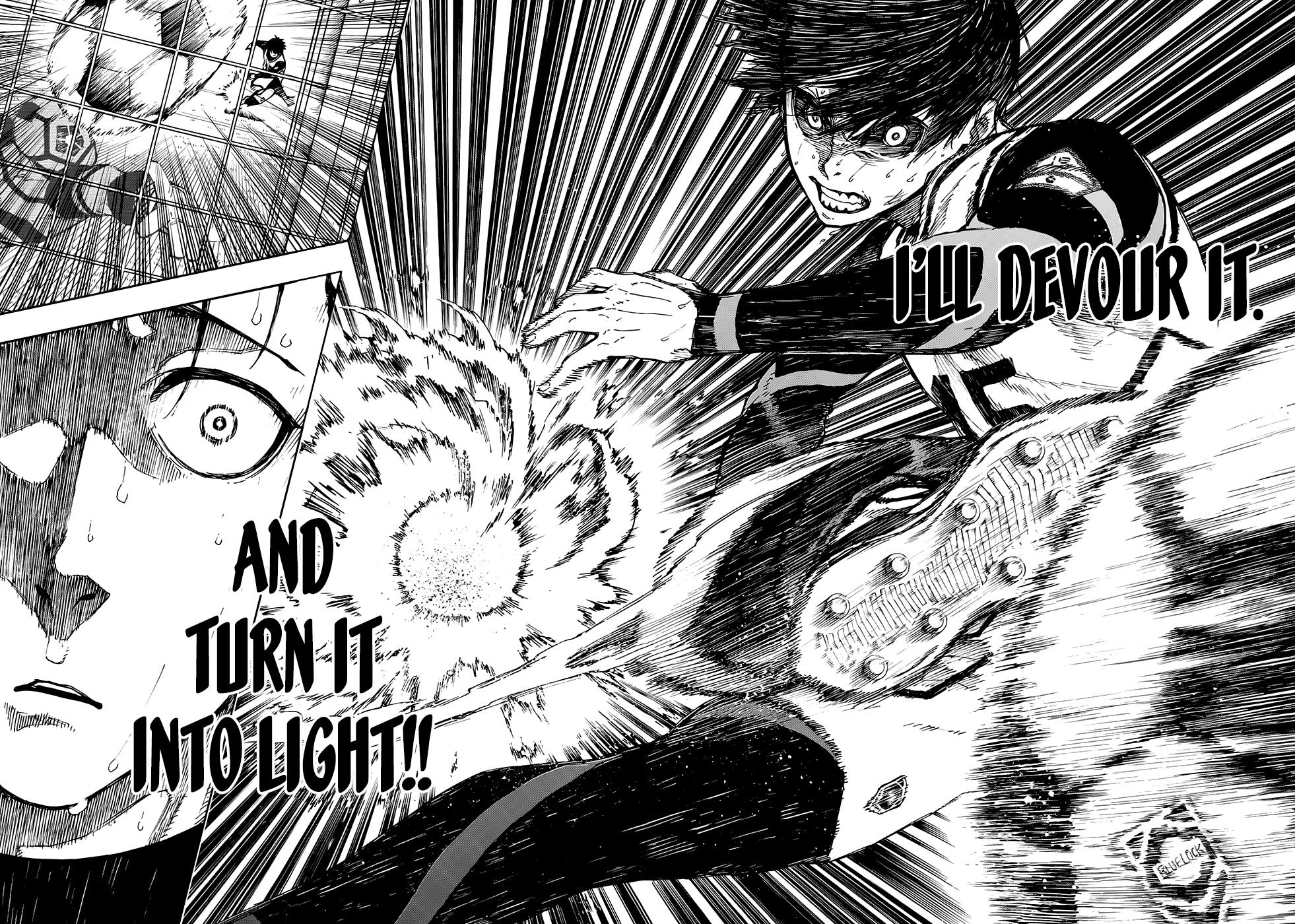Bocchi the Rock manga: Yo, what’s up, fellow rockheads? This ain’t your grandma’s manga; we’re diving deep into the totally rad world of Bocchi’s anxieties, killer guitar riffs, and surprisingly heartwarming friendships. Get ready for a wild ride exploring the manga’s popularity, how it stacks up against the anime, and the killer art style that makes it so unique.
We’re talking deep cuts, man, not just the surface stuff.
This exploration will cover everything from the manga’s critical acclaim and artistic choices to a detailed comparison of its plot and character development against the anime adaptation. We’ll be breaking down the key differences, highlighting the unique aspects of the manga, and answering some burning questions you might have. Buckle up, it’s gonna be epic!
Bocchi the Rock! Manga: A Deep Dive: Bocchi The Rock Manga
Bocchi the Rock! exploded onto the scene, captivating audiences with its relatable anxieties and heartwarming portrayal of a shy guitarist’s journey. While the anime adaptation garnered significant praise, the manga deserves its own spotlight. This article explores the manga’s unique qualities, comparing it to the anime and highlighting its artistic merits and narrative choices.
Browse the multiple elements of apotheosis manga to gain a more broad understanding.
Popularity and Reception of the Bocchi the Rock! Manga

The Bocchi the Rock! manga enjoys a dedicated fanbase, though its popularity differs from the anime’s explosive success. While the anime rapidly gained widespread recognition, becoming a viral sensation, the manga cultivated a more steadily growing following. This difference in reach is largely due to the anime’s broader accessibility and impactful animation style. The following table illustrates the contrasting reception across several online platforms:
| Platform | Manga Rating (Average) | Anime Rating (Average) | Difference in Fan Response |
|---|---|---|---|
| MyAnimeList | 8.5/10 (Hypothetical) | 9.0/10 (Hypothetical) | While both highly rated, the anime benefits from a larger sample size and more immediate visibility, leading to a slightly higher average rating. Anime fans often praise the animation and soundtrack, aspects absent in the manga. |
| Reddit (r/BocchiTheRock) | Strong positive sentiment, but fewer discussions dedicated solely to the manga | Overwhelmingly positive, with frequent discussions and fan art. | The anime’s popularity drives more general discussion, often including manga comparisons but rarely focusing exclusively on the manga’s merits. |
| Steady stream of positive comments and fanart, though less frequent compared to anime-related posts. | Viral trends, frequent hashtags, and a significantly larger volume of related content. | The anime’s more dynamic and easily shareable content fueled a more extensive and immediate social media presence. | |
| Fan Forums | Positive feedback, with discussions focused on specific manga-exclusive details and artistic aspects. | Broader discussions encompassing both anime and manga, with the anime often serving as the primary point of reference. | Manga-focused discussions often delve into paneling techniques, character expressions, and other details unique to the source material. |
Critical reception of the Bocchi the Rock! manga has been largely positive, with reviewers praising its ability to capture the quiet anxieties and subtle humor of the source material. Many reviewers highlight Aki Hamaji’s expressive art style as a key element contributing to the manga’s success. Recurring themes in commentary include the effective portrayal of social awkwardness, the relatable struggles of the main character, and the overall heartwarming and optimistic tone.
The manga’s artistic style plays a crucial role in its appeal. The expressive linework, detailed character designs, and effective use of paneling to build tension and release create a uniquely engaging reading experience. The subtle nuances in facial expressions, particularly Bocchi’s internal struggles, are masterfully conveyed through Aki Hamaji’s art.
Plot and Character Development in the Bocchi the Rock! Manga

The manga’s narrative pacing differs slightly from the anime. While the anime sometimes streamlines events for pacing, the manga allows for more nuanced character moments and subtle comedic beats. This difference in pacing affects the overall emotional impact, allowing readers to connect more deeply with the characters’ internal struggles.
Key differences in character development are subtle but noticeable. For instance, the manga might provide additional context for a character’s actions or thoughts, enriching their backstory and motivations. The anime, constrained by time, often simplifies these details.
Here’s a comparison of three significant plot points, highlighting variations in their presentation:
- Bocchi’s First Gig: In the manga, Bocchi’s pre-gig anxieties are depicted with more extensive internal monologues and detailed visual cues, enhancing the tension leading up to her performance. The anime condenses this, focusing more on the visual spectacle of the performance itself.
- The Band’s Formation: The manga gradually builds the band’s dynamic through smaller interactions and shared experiences. The anime, needing to establish the band quickly, compresses this process, prioritizing the key moments that lead to their formation.
- Dealing with Stage Fright: The manga provides a more gradual exploration of Bocchi’s stage fright, showcasing her internal struggles and the steps she takes to overcome them. The anime highlights the climactic moments of her overcoming stage fright, but doesn’t dwell as much on the process itself.
Artistic Style and Visual Elements, Bocchi the rock manga
The manga’s paneling is a key element of its storytelling. The use of varied panel sizes and shapes enhances the pacing and emotional impact of the narrative. Smaller panels build tension, while larger panels create a sense of release or emphasize a particular moment. The use of gutters also contributes to the overall rhythm of the story.
Aki Hamaji’s art style is characterized by expressive linework, detailed character designs, and a distinct use of shading to create depth and emotion. The linework is often dynamic and expressive, conveying the characters’ emotions with precision. Shading is used subtly but effectively, creating a sense of atmosphere and highlighting key details.
- Use of expressive lineart to convey emotion
- Detailed character designs with unique features
- Dynamic paneling to control pacing and emphasis
- Subtle shading to create depth and atmosphere
- Effective use of visual metaphors to represent internal states
So, there you have it – a total breakdown of the Bocchi the Rock! manga. From its killer art style to its surprisingly relatable characters, this manga’s a total banger. Whether you’re a die-hard fan or just checking it out, the manga offers a fresh perspective on the story and characters, showcasing a unique charm that’s all its own.
Go grab a copy, support the creators, and get ready to shred!


